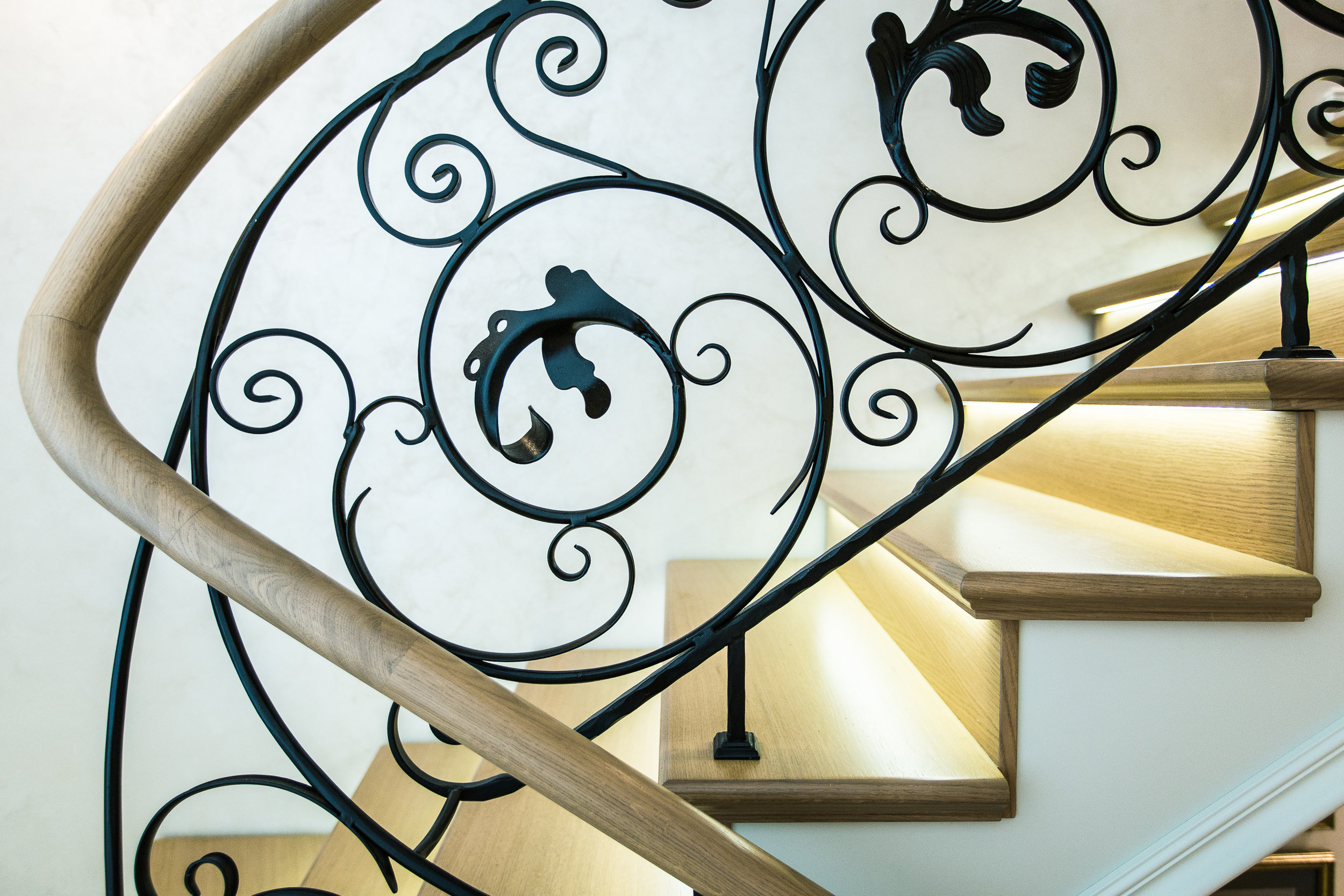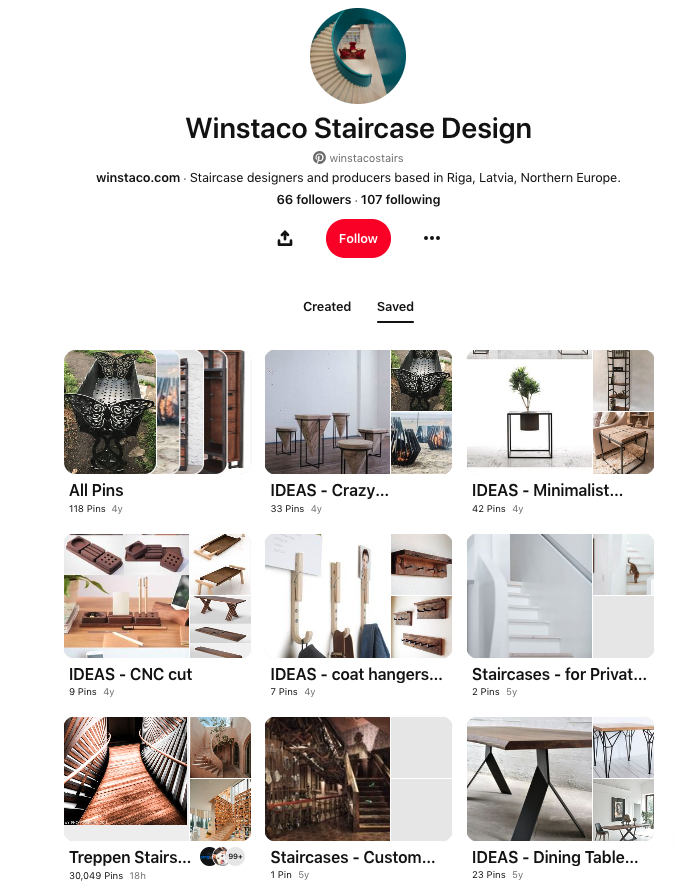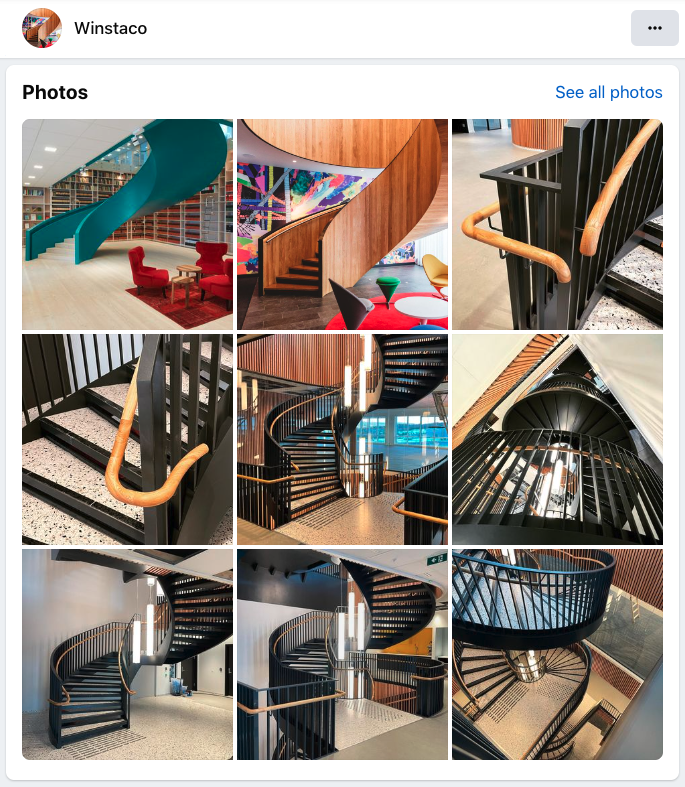When building or planning your new home, every detail matters, from the layout of the rooms to the finishing touches. One of the most significant features you'll need to consider is the staircase and its accompanying balustrades. With a lots of styles, materials, and designs available, making the right choice can feel overwhelming.
Balustrades (also called railings) on the stairs are more than just a safety feature; they are a crucial element of your home’s interior design. From classic wooden rails to sleek glass panels, balustrades can significantly influence the aesthetic and functionality of your staircase. In this blog, we will explore the specifics of staircase balustrades, including their styles, materials, and safety considerations.
What is a Balustrade?
A balustrade is a row of small columns topped by a rail, which is used to edge staircases, balconies, and terraces. It serves both a decorative and functional purpose by providing support and preventing falls.
Styles of Balustrades
Traditional Traditional balustrades often feature ornate designs with intricate details. They are usually made from wood or wrought iron and are ideal for homes with classic or vintage decor.
Modern Modern balustrades emphasize clean lines and minimalism. They often incorporate materials like glass and steel, providing a sleek, contemporary look that suits modern and minimalist interiors.
Rustic Rustic balustrades use natural materials like wood and stone. They often have a rough-hewn look, perfect for homes with a country or farmhouse style.
Industrial Industrial balustrades combine metal and wood, often with exposed hardware. They are ideal for loft-style apartments or homes with an urban, edgy feel.
Materials for Balustrades
Wood Wood is a timeless choice for balustrades. It offers warmth and can be crafted into various shapes and designs. Common types of wood used include oak, pine, and maple. Wooden balustrades can be stained, painted, or left natural.
Metal Metal balustrades, such as those made from wrought iron, stainless steel, or aluminum, are durable and can be crafted into intricate designs. They are often used in both traditional and modern settings.
Glass Glass balustrades provide an unobstructed view and a sense of openness. They are perfect for modern interiors and can make spaces appear larger. Glass panels are typically held in place by metal or wooden posts and railings.
Stone Stone balustrades are robust and offer a unique, luxurious look. They are often used in grand staircases and outdoor settings. Marble and granite are popular choices for stone balustrades.
Safety Considerations
Building Codes and Regulations Ensure your balustrade complies with local building codes and regulations. These codes dictate the height of the balustrade, the spacing between balusters, and other safety features to prevent accidents.
Height and Spacing The standard height for a balustrade is usually between 900mm and 1100mm (35 to 43 inches) for indoor staircases. Balusters should be spaced no more than 100mm (4 inches) apart to prevent small children from squeezing through.
Stability The balustrade should be firmly secured to the staircase. Wobbly balustrades can be a safety hazard, so ensure proper installation and regular maintenance.
Material Choice Choose materials that are not only aesthetically pleasing but also durable and capable of withstanding regular use. For example, glass should be tempered to prevent shattering.
Maintenance Tips
Wood Regularly clean and polish wooden balustrades to maintain their luster. Check for signs of wear and tear, such as splinters or cracks, and repair them promptly.
Metal Metal balustrades should be inspected for rust or corrosion, especially if they are used outdoors. Use a rust-resistant coating to protect them from the elements.
Glass Clean glass balustrades with a glass cleaner to keep them clear and shiny. Check the fittings and brackets to ensure they remain secure.
Stone Stone balustrades may need to be sealed to prevent staining. Clean them with appropriate stone cleaners and avoid harsh chemicals that can damage the surface.
Conclusion
Choosing the right balustrade for your staircase involves considering both style and safety. Whether you prefer the timeless elegance of wood, the modern look of glass, or the durability of metal, there are options to suit every taste and home decor. Remember to adhere to safety regulations and maintain your balustrade to ensure it remains a beautiful and secure feature in your home for years to come.
By carefully selecting and maintaining your balustrade, you can enhance both the beauty and safety of your staircase, creating a stunning focal point in your home.







